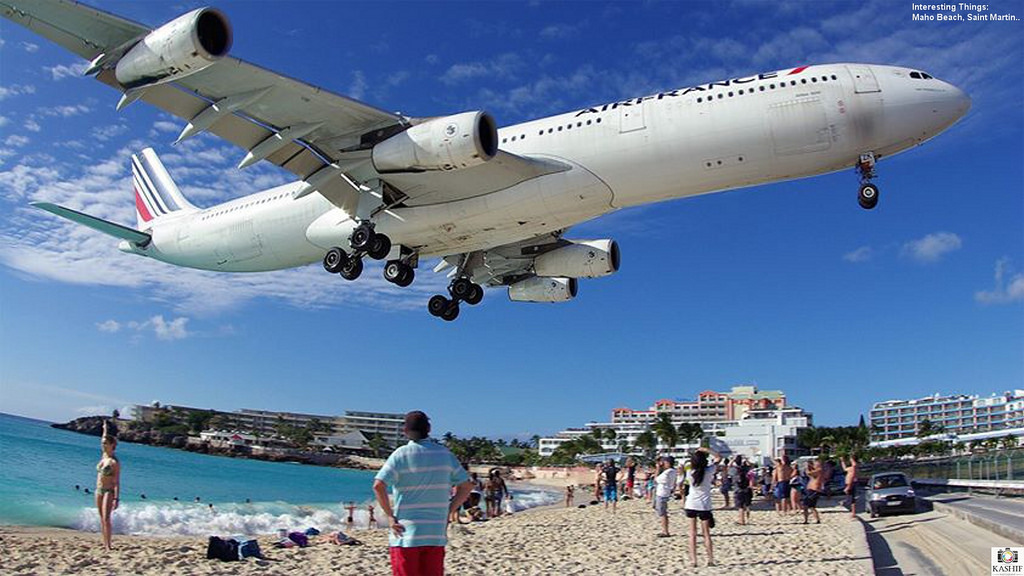Managing Flight Anxiety with Compassion-Focused Therapy
The Human Brain and Flight Anxiety
James Kirby, a researcher from The University of Queensland, shares his personal experience with flight anxiety. Over the past five years, he noticed an increase in his anxiety levels during flights, especially when turbulence occurred. Interestingly, his wife Cassie, who previously had no fear of turbulence, began to share his anxiety.
During a particular flight back from a vacation in Bali, the couple faced heightened anxiety due to the volcanic ash from Mount Raung’s eruptions. This ash made the flight more turbulent than usual. Being clinical psychologists, one would assume they could easily handle such anxiety. However, understanding anxiety and experiencing it are two different things.
The Alert Zebra and Our “Tricky” Brains
To understand our reactions to threats, consider the behavior of a zebra in the wild. When it hears a rustle, it runs to safety, even if the noise is harmless. This is because the zebra’s brain is wired to prioritize safety. Humans, on the other hand, tend to overthink and ruminate on potential threats, leading to heightened anxiety.
Paul Gilbert, the pioneer of compassion-focused therapy, explains that the human brain has three primary emotion systems:
- The threat and self-protect system, which alerts us to potential dangers.
- The drive and resource-seeking system, which motivates us to seek resources and pleasures.
- The soothing or affiliative system, which helps us feel calm and safe.
Our threat system is particularly dominant, ensuring our survival. However, it’s essential to understand that while these emotions can be challenging, they’re a natural part of our evolutionary design.
Finding Calm Amidst the Turbulence
During the turbulent flight from Bali, James felt his threat system activate. His anxiety surged, and he worried about the volcanic ash affecting the plane. Seeing his wife equally anxious, he felt a mix of anger, sadness, and guilt.
In this heightened state, James turned to compassion-focused therapy. He engaged in an “imagery exercise,” visualizing a serene beach at Burleigh Heads on the Gold Coast. This visualization shifted his focus from the turbulence, helping him feel more at ease.
He also thought of his “ideal compassionate image,” a figure embodying strength, wisdom, and support. This exercise further broadened his perspective, allowing him to reassure his wife and himself that they were safe.
The Power of Compassion-Focused Therapy
James’s experience on that flight underscores the effectiveness of compassion-focused therapy in managing anxiety. By recognizing and accepting our emotions without judgment, we can navigate challenging situations with greater ease.
Engaging with our fears and anxieties can be tough, but with the right tools and understanding, we can find the courage to face them head-on.
This article was inspired by an article originally published on The Conversation. Read the original article.
Release Hypnosis Melbourne Hypnotherapy
Since 2015, Lawrence Akers has been working under the name Release Hypnosis offering Hypnotherapy and ACT based work to the people of Melbourne or an online service. Based on St Kilda Rd, Release Hypnosis is an easy and convenient location to get to and accessible by the ANZAC station train and tram stop. Release Hypnosis can help with a wide range of presenting issues, and I offer a free 30 minute no obligation discovery call for those who are unsure if hypnotherapy is the right way forward for them.
Book Your FREE 30 Minute Consultation With Release Hypnosis NOW!
You may also like to read:
When Fear Takes Over
How to Achieve Your New Year’s Resolutions – Success after Jan 1st
‘I Can’ Vs ‘I Can’t’: Stuck In The Problem And Unable To Change
The Benefits of Mindfulness








